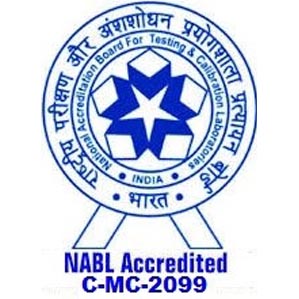What is Abscess?
Symptoms
Some common symptoms of abscess are:
- Swollen pus-filled lump.
- High fever.
- Chills.
- Pain in the affected area.
- Redness.
- Feels warm and tender when touched.
Causes
An abscess is caused as a result of the body’s defense to kill bacteria that enter the skin through minor breaks and punctures, or through inflammation of hair follicles or obstruction of oil glands on the skin. As a response, the body’s immune system tries to kill these germs with an inflammation. Patients suffering from the below mentioned issues may be more prone to more severe abscesses:
- Cancer.
- Weak immune system.
- AIDS.
- Diabetes.
- Ulcerative colitis.
- Leukemia.
- Severe burns.
- Alcohol consumption and drug abuse.
Risks
Some common risks of abscess are:
- Pain.
- Erythema (redness of the skin).
- Swollen lymph nodes.
- Pus filled wound.
- Hardening of tissues around the area.
How is it diagnosed?
At Sumitra hospital, your doctor might use any of these methods for diagnosis of the complexity of your problem –
- Physical examination
- Blood tests
- Complete medical history test
For large and stubborn abscesses, the doctor may prescribe a course of antibiotics to help clear the infection and prevent it from spreading.
Mostly the doctors use open and drain treatment for curing an abscess because antibiotics are not effective all the time. It is necessary to remove any foreign material present in an abscess. For this, incision and drainage is used. In this process, contents are discharged through the respiratory tract. For internal abscess, the doctor uses a needle inserted through the skin which is called percutaneous abscess drainage. It is done under local anesthesia.




